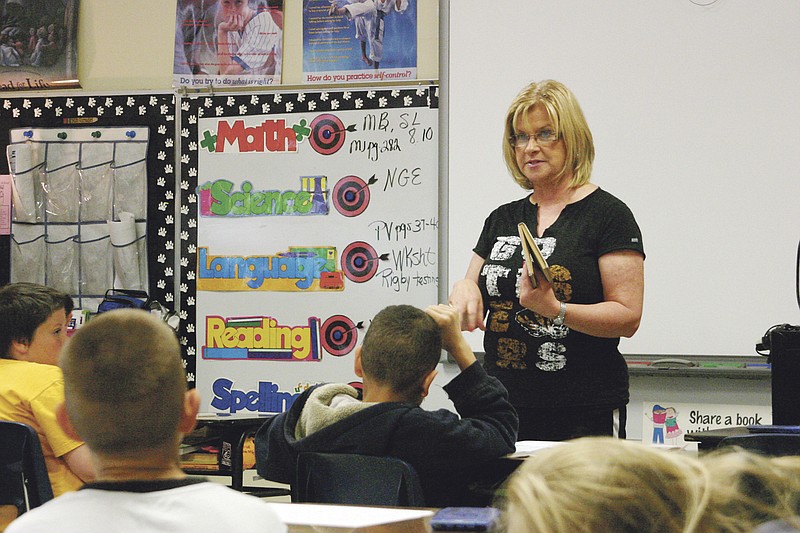Some students at Bartley Elementary are having a tougher time than others.
That's true every year, but this time, teachers and administrators have noticed a particular pattern with struggling students.
"Bartley has gained 23 new students this year," Principal Connie Epperson on Wednesday told the Fulton Public Schools Board of Education. "Forty-one percent of those new students are reading in the bottom 5 percent of their class."
That means nearly half of those new-to-the-district students are struggling more with reading than 95 percent of their classmates.
"That's a tough statistic, knowing we have that much ground to cover," Epperson added.
Many of the students joining Bartley seem to lack knowledge of important basics, such as phonics. This even includes students in fifth and sixth grade.
Bartley does have policies in place for helping students catch up - some get pulled from class for one-on-one tutoring and instruction, called Tier 3 intervention. Epperson and her team have made changes to make sure the students get the specialized learning time they need.
"Only two students in fourth grade really needed serious intervention, so we switched the fourth-grade intervention time with the fifth-grade time because more personnel are available during that time slot," Epperson said.
The situation puts additional strain on teachers, many of whom are already working to accommodate children with behavioral issues or learning disabilities.
"Some of it's a safety factor - we have kids who'd flee the classroom if given an opportunity," Epperson said.
To help its 12 teachers, the school currently employs 11 paraprofessionals - possibly an all-time high.
The school has also been working hard at decreasing the amount of physical aggression between students.
"We want students to come to school and feel safe," the principal said.
During the 2017-18 school year, the administration recorded 38 instances of aggression involving 17 students. So far this year, that figure is down. There have only been 14 referrals for aggression this year.
Policy changes in the playground have helped, Epperson said. Previously, students often claimed they couldn't spot an adult to intervene when trouble was brewing, so now, each staff member wears a high-visible vest while supervising the playground. Physical education instructor T.J. Quick has diagrammed the playground and made note of which areas tend to breed the most conflict so extra staff can be positioned in hot spots.
"Actually, four-square has calmed down lately," Epperson said.
She hopes that planned district-wide improvements in mental health care supports will help as well.
"The parents want help," she said. "A lot of times, it's just a lack of resources."

